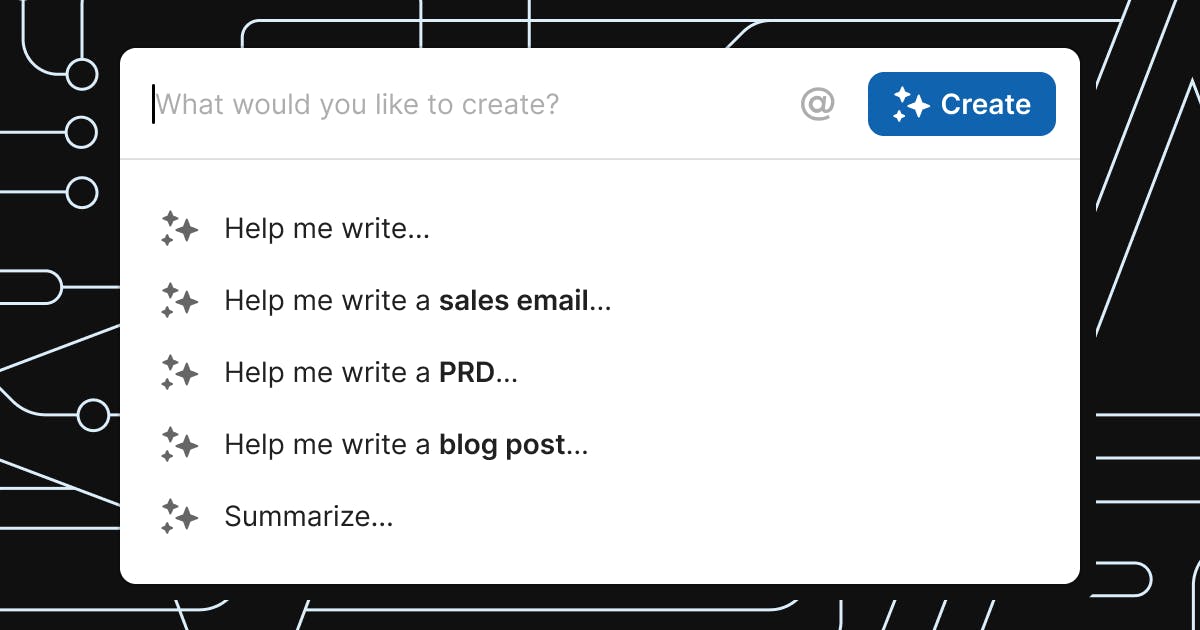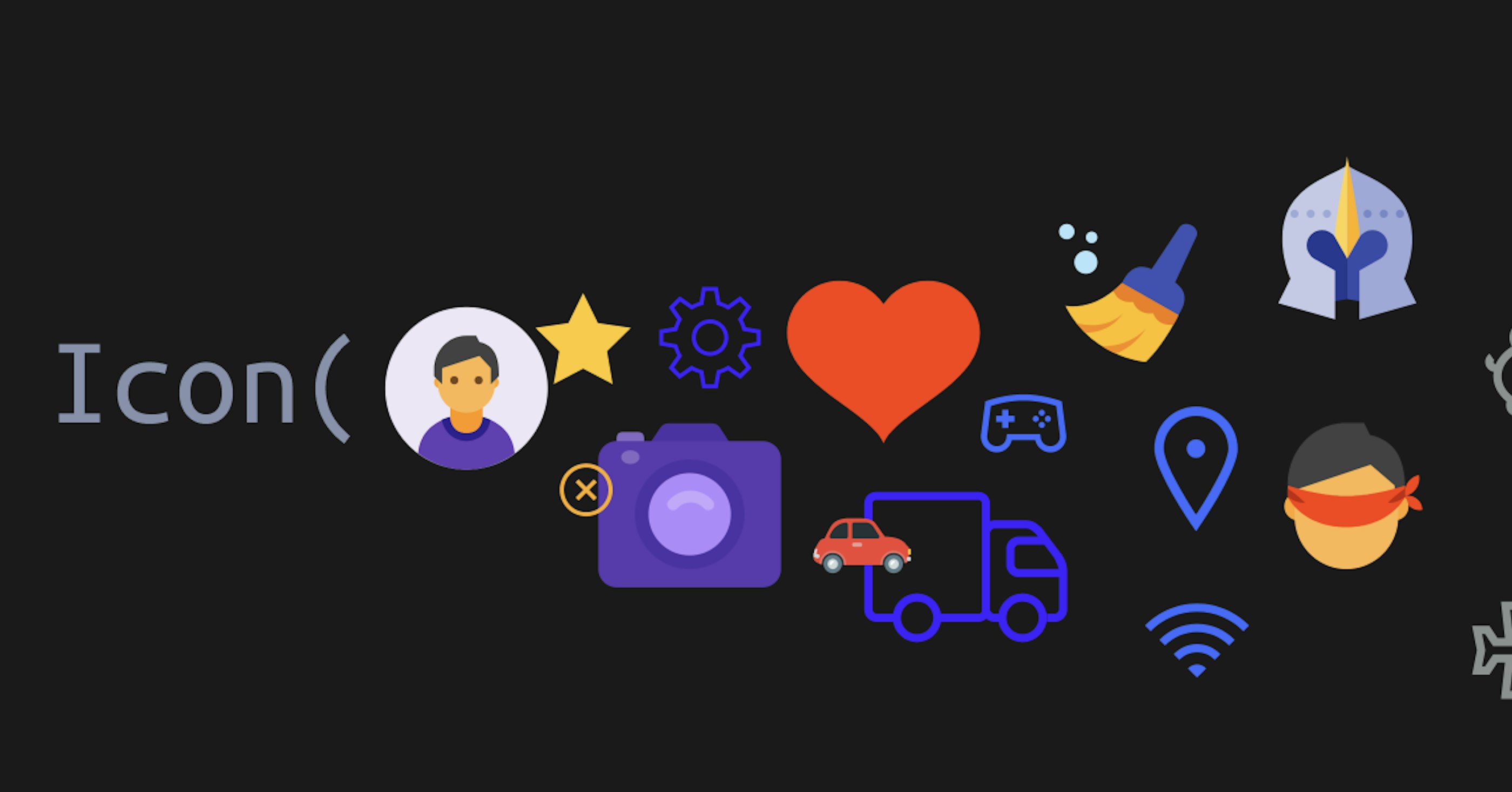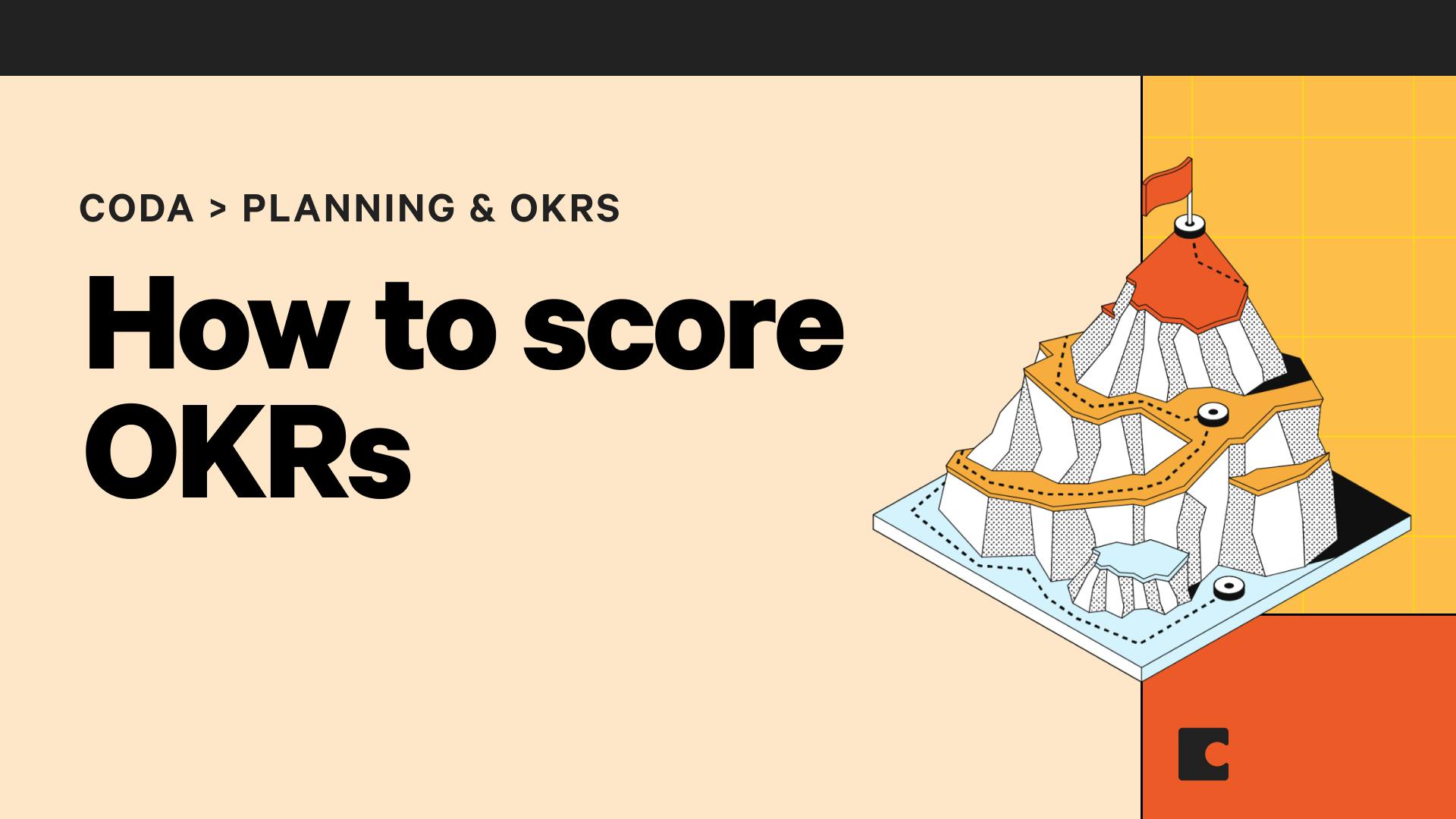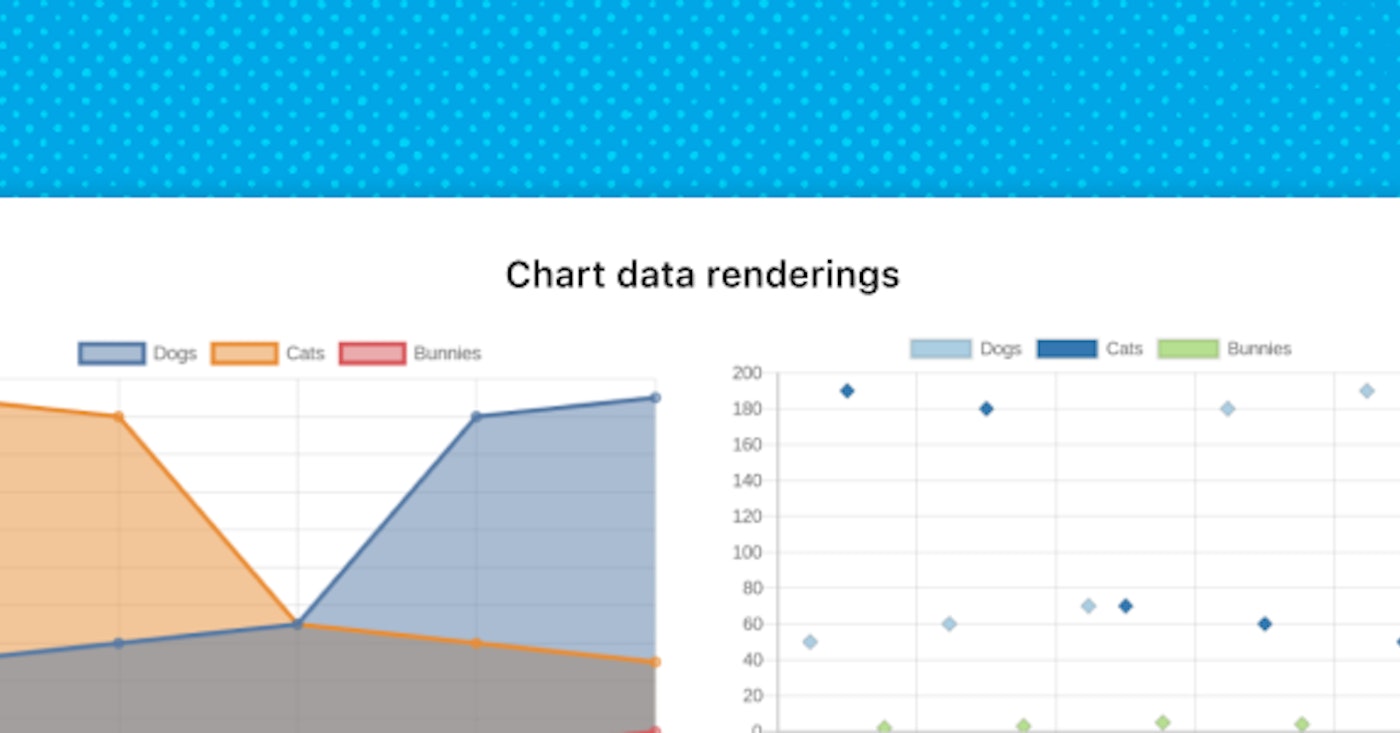
 In search of a better planning process: How Coda's core rituals evolved
In search of a better planning process: How Coda's core rituals evolved
In search of a better planning process: How Coda's core rituals evolved
The Best Planning Process doesn't exist. But the best planning process for your team does—if you're willing to make trade-offs. Here's a look at how Coda balanced bottoms-up reflection, top-down strategy, and bottoms-up planning.
There’s no Best Planning Process.

Sometimes a bigger scope is a better scope.
(Head of Product & Design) started to pull on the thread of “should we change how we plan?” another big theme emerged: reducing the number of meetings. We had several All-Company weekly meetings:2020 All-company meetings
Day of week
Name
Time
Hours
Day of week
Name
Time
Hours
1
Monday
Kickoff
1pm PT
1
2
Tuesday
Catalyst
1pm PT
1
3
Wednesday
Customer Story Time
12:30pm PT
0.5
4
Wednesday
Coda Stats
1pm PT
1
5
Thursday
Catalyst
1pm PT
1
6
Friday
Demos
1pm PT
1
There are no rows in this table
5.5
Sum

2021 All-company meetings
Day of week
Name
Time
Hours
Day of week
Name
Time
Hours
1
Monday
Catalyst
1pm PT
1
2
Tuesday
Stats ‘n’ Stories
1pm PT
1
3
Thursday
Catalyst
1pm PT
1
4
Friday
Demos
1pm PT
1
There are no rows in this table
4
Sum
Meet the 2021 planning process.

How do we know if our changes “worked”?

More by David
No results from filter
A few of the 25,000+ teams that 🏃♀️ on Coda.

Want to print your doc?
This is not the way.
This is not the way.

Try clicking the ⋯ next to your doc name or using a keyboard shortcut (
CtrlP
) instead.








